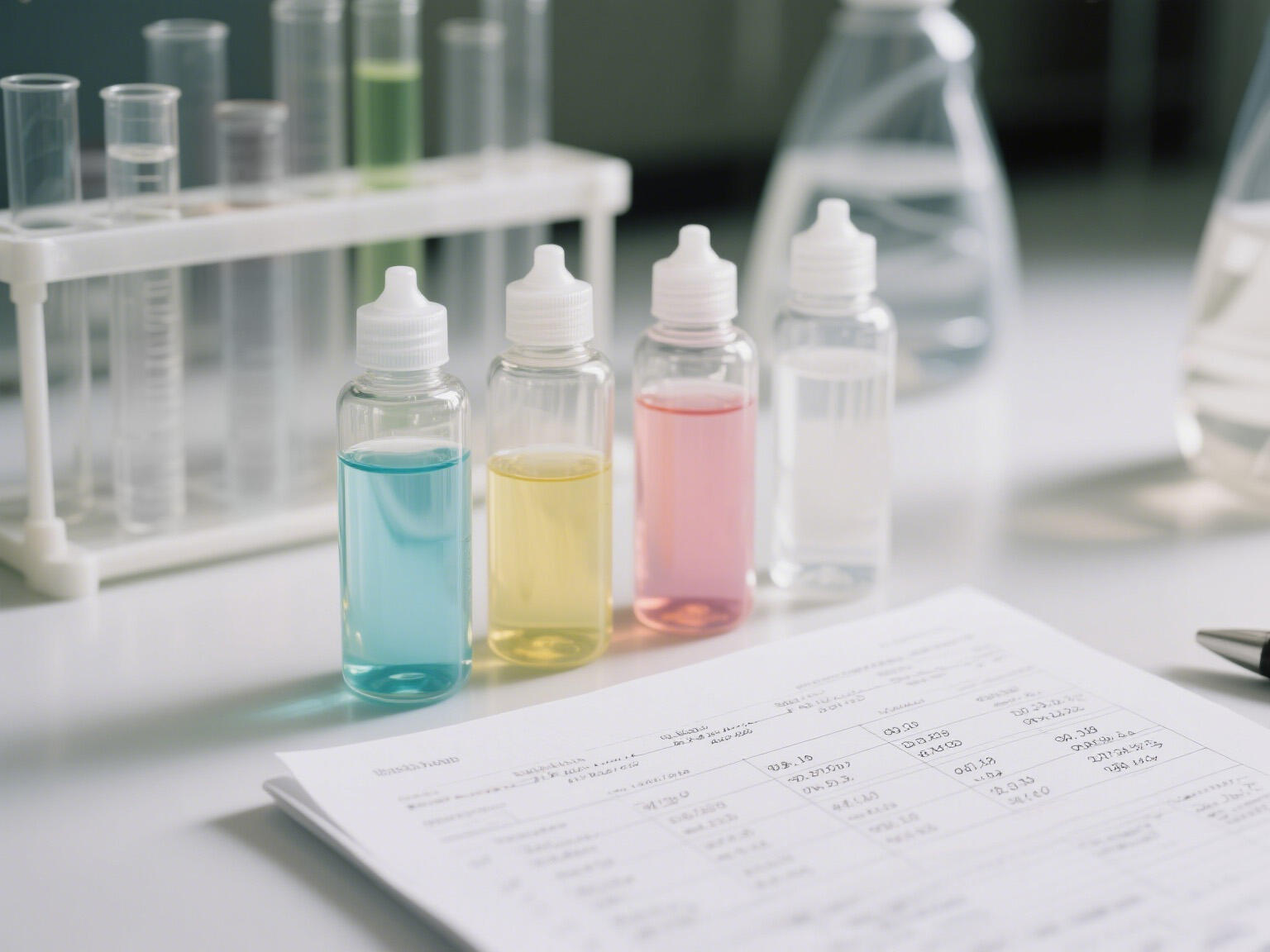Natriumsulfat er et rimelig og fleksibelt salt som selskaper raskt adopterer på grunn av sin effektivitet og lave kostnader. I denne artikkelen ser vi på de mange funksjonene natriumsulfat har i fabrikker – å gi farge til stoffer, hjelpe glasset til å skinne, og gi vaskepulver ekstra rengjøringseffekt. Ettersom produksjonsmetoder fortsetter å utvikle seg, åpner dette enkle pulveret opp for nye muligheter samtidig som det møter moderne krav til hastighet og kostnadseffektivitet.
Natriumsulfat har i årtier beskyttet farger i tekstilfabrikker. Ved å stabilisere fargestoffer og motvirke utblekking, vinner saltet tillit fra fabrikkledere hver gang de fargelegger. Med natriumsulfat i blandingen går prosessen smidigere, mindre ferskvann trekkes inn, og avfall reduseres, noe enhver fabrikk kan være fornøyd med. Med økte krav til vannforbruk, vil sannsynligvis etterspørselen etter lavpåvirkningshjelpemidler som natriumsulfat øke – og det vil gi brukerne en fin fordel i en overfylt marked.
I glassindustrien er natriumsulfat en usynlig helt som hjelper til med å omdanne råvarer til glass av høy kvalitet. Ved å forsiktig fjerne små bobler og partikler av urenheter, sørger det for at glasset blir klart og sterkere. Siden spesialglass finnes overalt – i telefonskjermer, solpaneler og elegante byggefasader – har rensearbeidet det utfører aldri vært viktigere. Og mens designere og ingeniører utvikler nye former og bruksområder, vil natriumsulfat være med og sørge for at hver enkelt glassdel blir sterk og uten feil.
Natriumsulfat er også en stille arbeidshest i vaskerekken. Når det tilsettes pulverformet rengjøringsmiddel, sørger det for at formelen flyter fritt, forhindrer klumper og gir forbrukerne samme rengjøringseffekt hver gang de heller opp. Nå som folk etterspør grønnere rengjøringsprodukter, tester produsentene natriumsulfat som en plantebasert alternativ til harde fyllstoffer. Denne løsningen reduserer bekymringer rundt mikroplast og gir fortsatt den effektive rengjøringen kundene forventer. Denne trippelgevinsten – rene klær, mindre avfall og stabil levering – har produsentene til å bestille mer natriumsulfat enn noensinne.
Videre fremover vinner natriumsulfat nye tilhengere i høyteknologiske og grønn-energi kretser. Forskere tester det i batterikjemier og andre fornybare løsninger, i håp om at dets stabile natur vil forbedre ytelsen. Denne fleksibiliteten gjør saltet til en sterk kandidat for renere og smartere fabrikker verden over. Ved å utnytte dets unike egenskaper kan selskaper utforske nye ideer og kutte kostnader samtidig som de holder konkurranseevnen i et raskt bevegende marked.
Kort fortalt er natriumsulfat mer enn et glass med hvitt pulver; det utløser ekte fremgang på fabrikklokalene. Produsenter som ønsker høyere kvalitet, mindre avfall og raskere produksjonslinjer, ser på det som et nødvendig verktøy. Ongoing forskning lover flere smarte bruksområder, og antallet fabrikker som følger denne saltet nøye, vil sannsynligvis øke i årene fremover.


